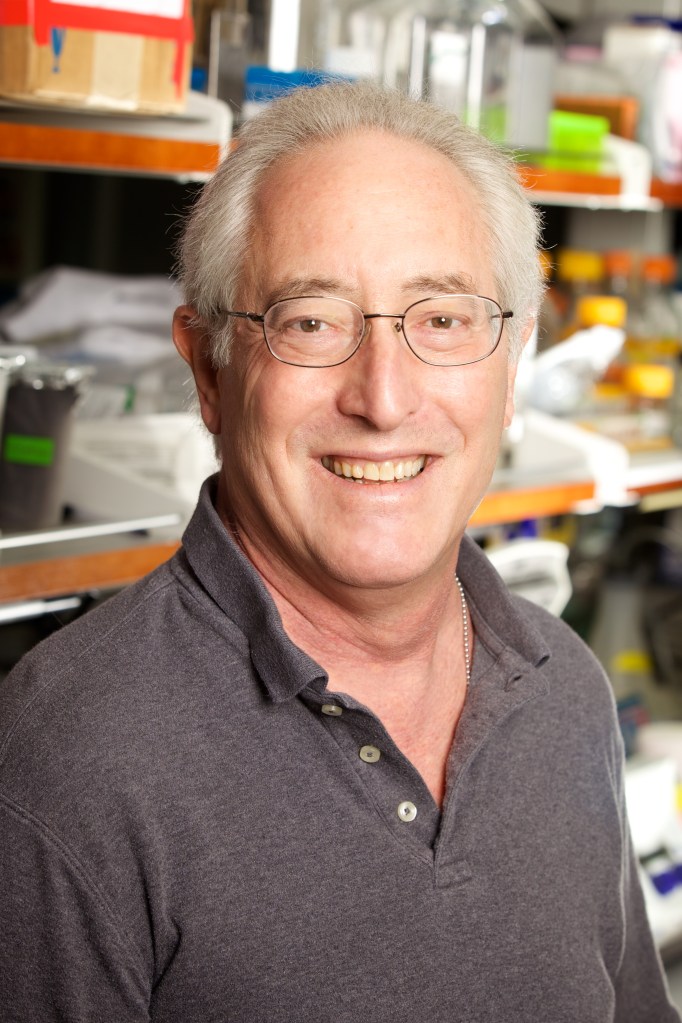
You know you are working with some of the finest scientific minds in the world when they get elected to the prestigious National Academy of Sciences (NAS). It’s the science equivalent of the baseball, football or even Rock and Roll Hall of Fame. People only get in if their peers vote them in. It’s considered one of the highest honors in science, one earned over many decades of hard work. And when it comes to hard work there are few people who work harder than U.C. San Diego’s Dr. Lawrence Goldstein, one of the newly elected members of the NAS.
Dr. Goldstein – everyone calls him Larry – was the founder and director of the UCSD Stem Cell Program and the Sanford Stem Cell Clinical Center at UC San Diego Health and is founding scientific director of the Sanford Consortium for Regenerative Medicine.
For more than 25 years Larry’s work has targeted the brain and, in particular, Alzheimer’s disease and amyotrophic lateral sclerosis (ALS) better known as Lou Gehrig’s disease.
In 2012 his team was the first to create stem cell models for two different forms of Alzheimer’s, the hereditary and the sporadic forms. This gave researchers a new way of studying the disease, helping them better understand what causes it and looking at new ways of treating it.
His work has also helped develop a deeper understanding of the genetics of Alzheimer’s and to identify possible new targets for stem cell and other therapies.
Larry was typically modest when he heard the news, saying: “I have been very fortunate to have wonderful graduate students and fellows who have accomplished a great deal of excellent research. It is a great honor for me and for all of my past students and fellows – I am obviously delighted and hope to contribute to the important work of the National Academy of Sciences.”
But Larry doesn’t intend to rest on his laurels. He says he still has a lot of work to do, including “raising funding to test a new drug approach for Alzheimer’s disease that we’ve developed with CIRM support.”
Jennifer Briggs Braswell, PhD, worked with Larry at UCSD from 2005 to 2018. She says Larry’s election to the NAS is well deserved:
“His high quality publications, the pertinence of his studies in neurodegeneration to our current problems, and his constant, unwavering devotion to the next generation of scientists is matched only by his dedication to improving public understanding of science to motivate social, political, and financial support.
“He has been for me a supportive mentor, expressing enthusiastic belief in the likely success of my good ideas and delivering critique with kindness and sympathy. He continues to inspire me, our colleagues at UCSD and other communities, advocate publicly for the importance of science, and work tirelessly on solutions for neurodegenerative disorders.”
You can read about Larry’s CIRM-supported work here.
You can watch an interview with did with Larry a few years ago.